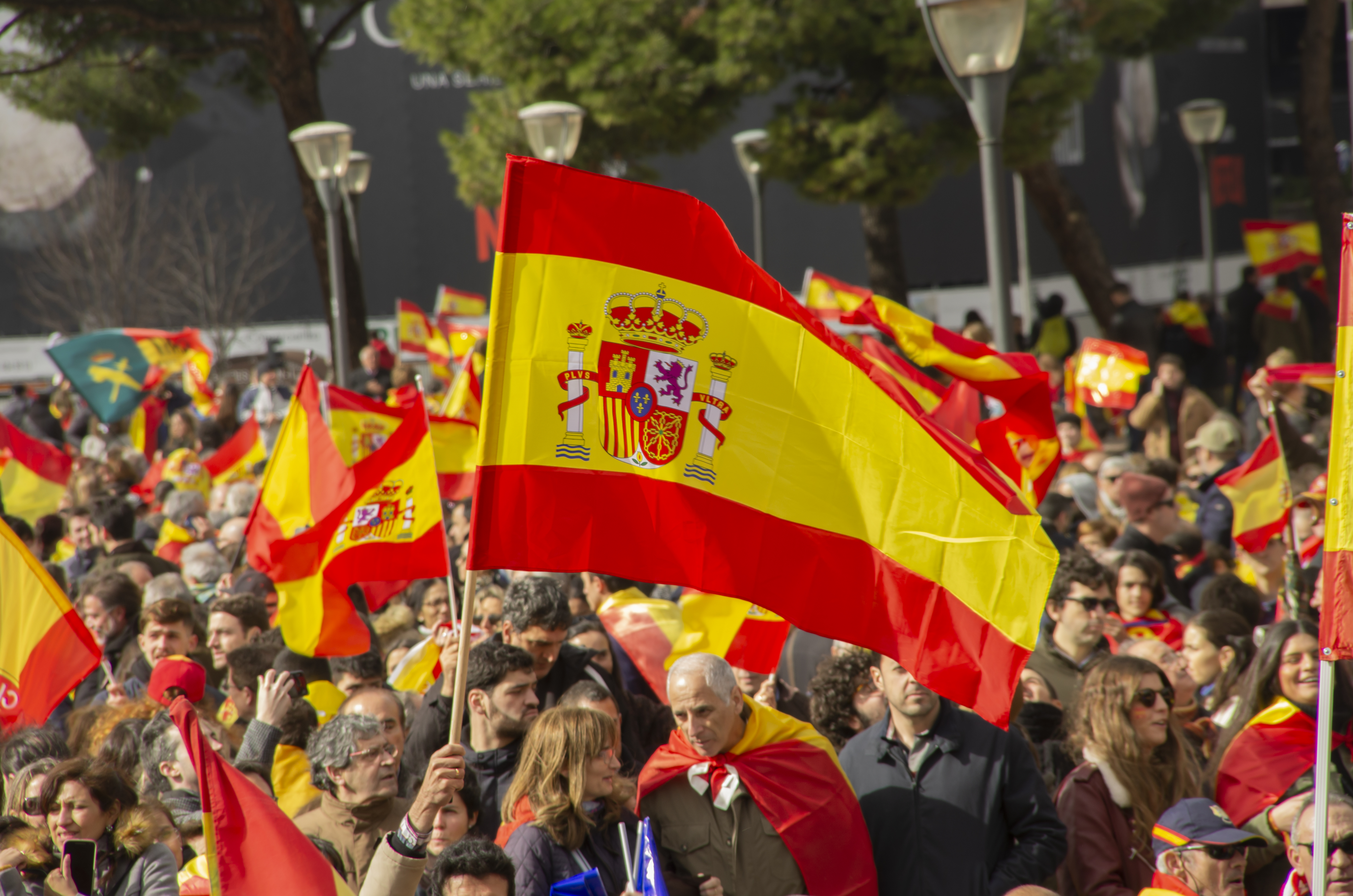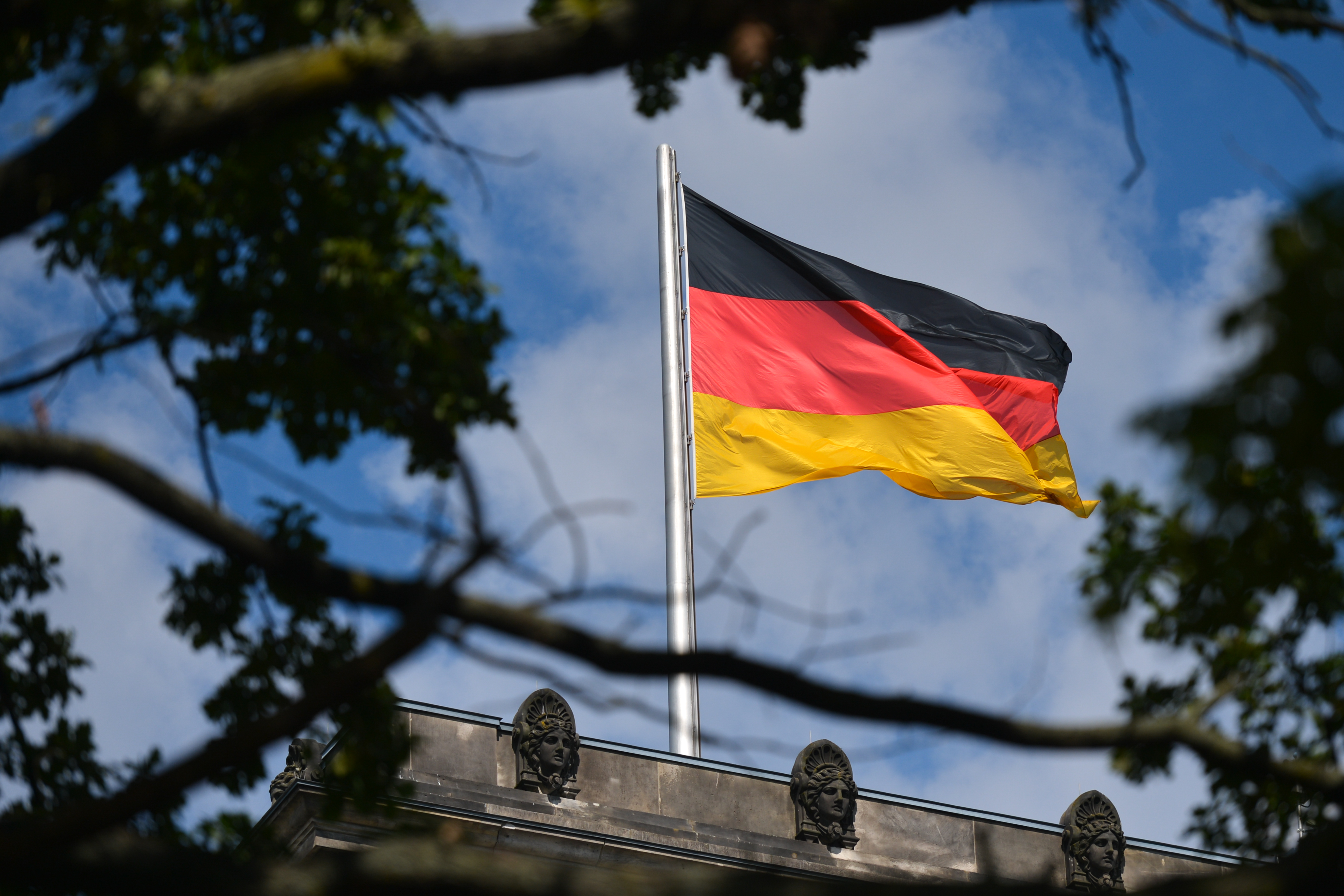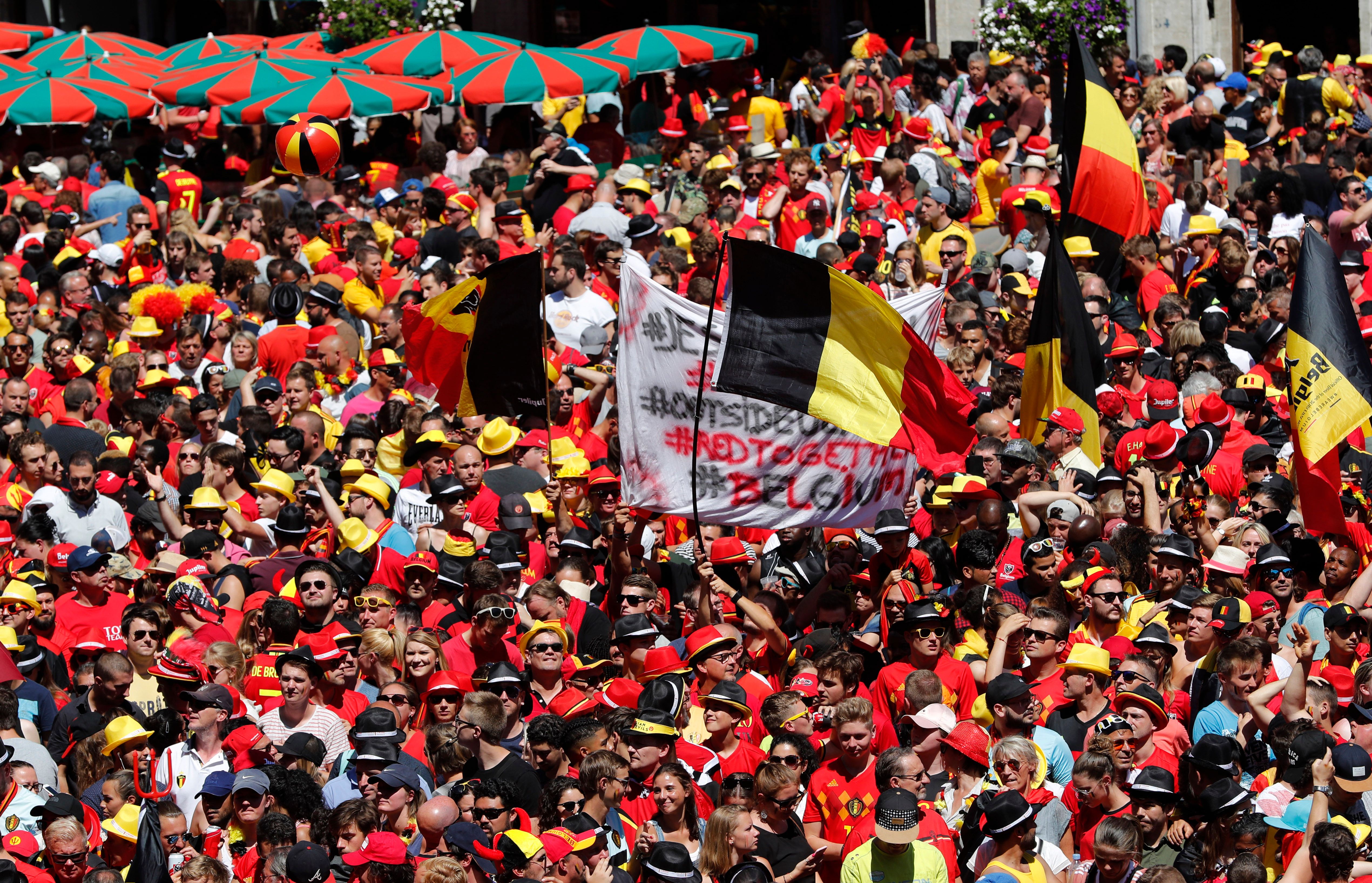What can cyclist legally do, and not do, in Europe?
Planning a trip abroad? Here's what you need to know about the law in top European destinations


It all started with a bike ride in Spain.
I was with three other riders, and we weren't using the bike lane - mostly because it was littered with sand and occasional pedestrians. It was a casual easy sunshine spin, until the traffic cops stopped us.
It was suggested that if we didn't have documentation to produce, we'd have our bikes packed up into the van to be taken to the police station, which seemed somewhat dramatic when you consider the combined worth to be around £15k.
They got back into their cars and drove off, after about 30 minutes of interrogation, when it transpired that we didn't have cash on us and we weren't going to reveal the location of our hotel.
My attempts at rational conversation with the traffic police were somewhat scuppered by the fact I didn't know exactly what the law was, in Spain. Hence it seemed like a good idea to take a look at the key laws for cyclists in some of the European counties cyclists are most likely to ride their bicycles in.
Cycling within the European Union
The below is Brexit dependant for UK residents, but here's what applies for now.
The 1968 Vienna Convention on Road Traffic set out some guidelines to apply across EU countries, and Article 44 refers to requirements for bicycles.
The latest race content, interviews, features, reviews and expert buying guides, direct to your inbox!
All bicycles must have:
- An efficient brake
- A bell – and no other audible warning device
- A red rear reflector
- Red rear lamp
- White or selective yellow front lamp
Each country also has its own laws and some will be more stringent. However, national charity Cycling UK states that "as a visitor, you have the option of pick and mix between the traffic law of that country and the above requirements for international use of a pedal cycle."
Country specific guidelines
It goes without saying that in all countries, cyclists are required to ride on the same side of the road as cars, they must indicate when turning left or right, and should stop at red lights (unless marked otherwise).
Other laws vary, and below are the official lines.
However, bear in mind that in the UK the Highway Code stipulates that all bicycles have reflectors fitted to the pedals, yet the last time most of us saw a pedal reflector we were under the age of 10. In other words, not all regulations are enforced.
UK

Helmets
Helmets are not compulsory.
Riding two abreast
The Highway Code states that it is legal for cyclists to ride side-by-side, though Rule 66 does add that cyclists should ride in single file “on narrow or busy roads and when riding round bends.”
>>> Why do cyclists ride side by side?
Cyclists are advised to ride side-by-side by national governing bodies. Primarily, this is because a group of eight side-by-side riders is easier and safer to overtake than a line of eight cyclists riding single file.
Though the Highway Code says we should be single file on narrow roads, we can take the primary position (riding in the middle of the lane) where it's not safe for drivers to overtake.
Using cycle lanes
The use of cycle lanes is not compulsory. Cyclists can choose the road or cycle lane based on whichever they feel is safer.
Liability
The UK is one of only five European countries (alongside Malta, Cyprus, Romania and Ireland) which has not introduced presumed liability.
Instead, it operates a fault-based system. This means if a cyclist is hit by a vehicle, they have to prove the driver was at fault to receive compensation.
Other considerations
Cyclists do not legally have to have insurance but many are covered by home insurance or registration with a body like British Cycling or Cycling UK.
Legally, you must have two working brakes. A fixed wheel counts as a rear brake, so fixie riders can have a front only.
Rule 60 of the Highway Code suggests that all bikes must be fitted with a white front and red rear light (flashing or steady), plus a red rear reflector and amber pedal reflectors, if manufactured after 1/10/85.
Spain

Helmets
In 2013, proposals were made that would have seen helmets made compulsory. However, these were not passed.
The current law - updated in 2014 - states that those over 16 must wear a helmet when riding outside of urban areas. Exemptions apply when riding uphill, if it's very hot, or if you are a professional cyclist.
Under 16s must wear helmets at all times.
Riding two abreast
It is legal for cyclists to ride two abreast in Spain, excluding when there is low visibility, and when traffic builds up behind - at which point riders must go single file.
Article 36.2 of the Spanish regulations - Código de Tráfico y Seguridad Vial - states:
"2. It is forbidden for the vehicles listed in the previous section [including cyclists] [to] circulate in a parallel position, except for bicycles, which may do so in a two-by-two column, edging as far as possible to the extreme right of the road and placing in a row in sections with no visibility, and when they form traffic jams (aglomeración tráfico)."
Using cycle lanes
Loosely translated, article 36 states that: "Cycles will use the road if there is no part that is specially designed."
That means you must use the bike lane if there is one that is suitable.
However, in an article by a local insurance firm, it is noted that enforcement is variable, because "the different municipalities can regulate the bike lane almost autonomously."
Liability
In Spain, drivers are presumed liable in the case of a collision with a non-driver, including cyclists.
Article 1 of Royal Decree 8/2004 states: "The motor vehicle driver is responsible, for the risk created by driving such vehicles, damage to persons or property caused through his driving.”
The driver is liable unless it is proven that the incident occurred solely due to the conduct or negligence of the other party.
For this reason, it's often recommended that cyclists do not wave drivers through when they deem it safe, instead leaving the driver to make their own judgement.
Other considerations
Cyclists must have lights on between sunset and sunrise - those who don't can be issued with a fine up to €200.
A bell is also compulsory, and you can be fined for having faulty brakes or failing to give way.
You must not cycle on the road if you have a blood alcohol level greater than 0.5 grams per litre.
Article 114 of the Spanish Highway Code says "it is forbidden to open your door without first checking if it is a hazard to others, particularly cyclists". That's nice to know.
Germany

Helmets
Helmets are recommended, but not compulsory.
Riding two abreast
German regulations state: "Pedal cyclists must ride in single file; they may only ride two or more abreast if this does not obstruct traffic."
Using cycle lanes
A cycle path is separated from the road by a kerb and from the pavement by markings, paving or a low kerb.
When the cycle lane is indicated by an unbroken white line and a blue cycle path sign, it is mandatory and cyclists must use it. Cycle lanes have to meet a minimum standard to be compulsory.
A broken white line and picture of a bicycle on the road marks out an 'optional protection lane'. Cyclists do not have to use these.
Liability
Like Spain, Germany exercises presumed liability.
Other considerations
You can be fined for 'drink cycling' in Germany, anything from 0.4 mg/l breathing air is considered over the limit.
On some marked one-way streets, cyclists are allowed to ride contraflow, and there are 'bicycle streets' where you may take the middle of the lane - two abreast - and drivers must stay behind.
Fines can be issued for jumping red lights, looking at your phone or wearing headphones.
You must have a white front light and a red rear light, but flashing LED lights are prohibited. You should have two working brakes and a bell.
Children must cycle on the pavement until they are eight years old and are able to ride on the pavement until they turn 10.
Belgium

Helmets
Helmets are not compulsory.
Riding two abreast
Cycling side by side is allowed provided that other road-going traffic is not inconvenienced.
Using cycle lanes
If a dedicated bike lane is available, you have to use it if you're in a small group.
Where it's a shared use path, the Belgian Highway Code reads: "Users of these paths can not put each other in danger or embarrass themselves. They must be extra careful with children and can not obstruct unnecessary traffic." The speed limit on these paths is 30kph.
However, there are different rules if you're in a large group. If there's 15 or more of you, the code states: "Cyclists travelling in groups of no less than 15 participants to a maximum of 50 are not required to use the cycle lanes and can ride two at a time on the roadway, provided that they remain grouped together."
This said, you must have at least two 'masters of the route' with you, to ensure smooth running, and be preceded and followed by a motor vehicle by at least 30 metres.
Liability
As per Spain and Germany, presumed liability is exercised.
Other considerations
Drivers must leave a lateral distance of at least one meter between their vehicle and a cyclist.
Some Belgian cities have roads that are one-way for cars and two-way for cyclists. Signs will denote these, so look out for them.
In cycle streets, riders can use the full width of the road if its one way, or ride in the centre of the lane when it's two way.
Fines can be applied for riding with your hands off the handlebars, riding with your feet off the pedals, being towed by another rider or motorist or cycling whilst on your mobile phone.
The lighting laws are similar to elsewhere, and reflectors and pedal reflectors make an appearance again.
Regulations state: "Between dusk and sunrise and in any circumstance where it is no longer possible to see distinctly up to a distance of about 200 meters, cyclists must use a [white or yellow] front and [red] rear steady or flashing light without glare. The red tail light shall be visible at night in a clear atmosphere at a minimum distance of 100 meters.
"Bicycles must be permanently equipped with a white retro reflector at the front and a red retro reflector at the rear... The pedals of bicycles must be permanently equipped with yellow or orange retro-reflectors."
Traffic with "right of way" always has right of way, and the law does not distinguish based on speed - so cyclists have the same right as other vehicles.
France

Helmets
Children under 12 years old must wear a helmet, a guardian can be fined €90 for non-compliance.
Those over 12 do not have to wear a helmet.
Riding two abreast
When riding in a group, you should be two abreast or single file.
At night, if a vehicle wishes to overtake, or when "circumstances make it necessary," riders should move to become single file.
If there's more than 10 of you, you should split into two groups.
Using cycle lanes
In built up areas, you must use cycle lanes where they exist.
Liability
As per countries mentioned above, France exercises presumed liability.
Other considerations
It is illegal to cycle whilst wearing headphones. The alcohol limit applied to drivers also applies to cyclists.
Rules set out by Direction de la sécurité et de la circulation routières (DSCR) state that your bike must have two brakes, front and rear, a yellow or white front light, red rear light, a horn or bell and reflectors. It also states that: "all cyclists (and passengers) on the road at night or in poor visibility, outside of built-up areas must wear a reflective vest."
New laws now allow cyclists, in some cases, to turn right or go straight ahead when the light is red. You can only do this at signposted intersections - more info here.
Only children of less than eight years old are allowed to cycle their bikes on the pavement.
Italy

Helmets
Helmets are not mandatory.
Riding two abreast
The Codice Stradale (Highway Code) says: "1. Cyclists must ride in single file whenever traffic conditions require them to do so, and never more than two abreast. When riding outside centres of population, they must always ride in single file except when one of the riders is less than 10 years old and is riding on the right of the other."
Using cycle lanes
Yep, you've got to use them when they're available.
The Codice Stradale says: "9. Cyclists must ride on the cycle lanes or cycleways [piste] reserved for them where these exist, except where prohibited from doing so by regulations."
Liability
As per all of the above, except the UK!
Other considerations
Other notable rules include that cyclists must always have their "arms and hands free to control the handlebar with at least one hand, and must be able at all times to see in front and to either side of them and able to undertake the necessary manoeuvres."
As well as lights, reflective items are meant to be worn when riding in non-urban areas between sunset and dawn, though we've not seen this enforced.
Michelle Arthurs-Brennan the Editor of Cycling Weekly website. An NCTJ qualified traditional journalist by trade, Michelle began her career working for local newspapers. She's worked within the cycling industry since 2012, and joined the Cycling Weekly team in 2017, having previously been Editor at Total Women's Cycling. Prior to welcoming her first daughter in 2022, Michelle raced on the road, track, and in time trials, and still rides as much as she can - albeit a fair proportion indoors, for now.
Michelle is on maternity leave from April 2025 until spring 2026.
